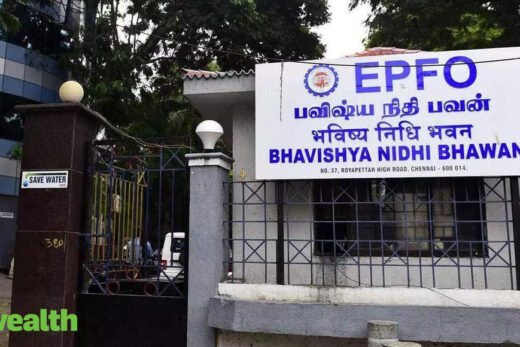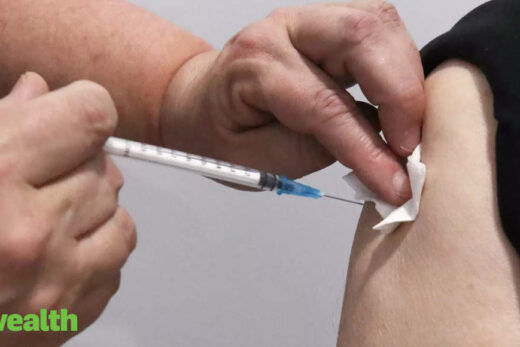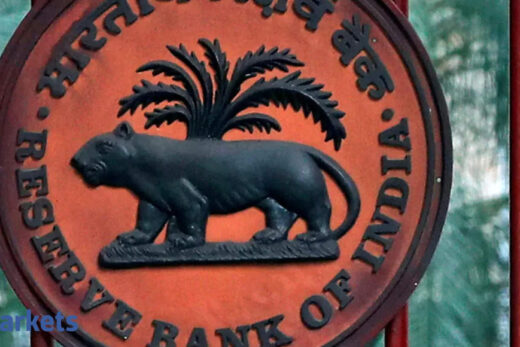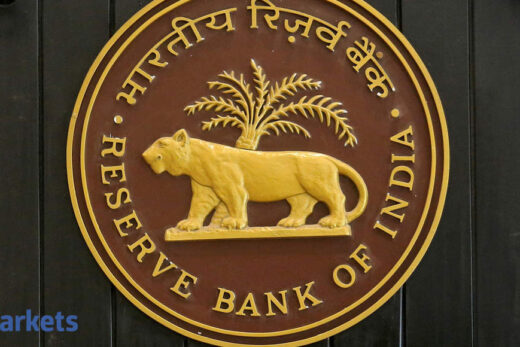There is no doubt that a crisis of the magnitude of this pandemic calls for ensuring easy access to credit, but the country’s largest bank,
, has flagged risks emanating from excess liquidity and whether credit risks are being sufficiently factored into pricing of products.
With the huge surplus of core liquidity –which takes into account liquidity in the banking system and government cash balances – making the reverse repo rate the effective policy rate for money markets, SBI Economic Research points out that when other costs are taken into account, banks are facing significant pressure on margins.
Core liquidity, which is the sum of liquidity in the banking system and the government’s cash balances, is currently estimated to be close to Rs 10 lakh crore.
“It is now pertinent to ask whether the credit risk is getting adequately reflected in pricing. A back-of-the-envelope estimate suggests the core funding cost of the banking system that includes cost of deposits, negative carry on SLR (Statutory Liquidity Ratio) and CRR (Cash Reserve Ratio) and Return on Assets is currently at 6 per cent, while the reverse repo rate is at 3.35 per cent,” SBI’s Group Chief Economic Adviser Soumya Kanti Ghosh wrote in a report.
Ghosh said market sources feel that the risk premia over and above prevailing funding costs do not fairly take into account inherent credit risk.
He saiild loans with maturities of 15 years are currently being priced at lower than 6 per cent, linked with the repo rate and yields on Treasury Bills.
Yields on government securities have plummeted over the last couple of years as RBI’s efforts to revive struggling economic growth, even prior to the pandemic, have translated into sharp cuts in interest rates and large-scale infusions of liquidity through open market operations.
Yield on the 10-year benchmark government bond has nosedived close to 70 basis points since September 2019.
“It is to be noted that 10-Yr G Sec is currently trading at 6.2 per cent and by the current pricing trends, this could even gravitate towards 6.0 per cent again. This anomaly not only negates the concept of Tenor Premium but may create a material risk with regards to sustainability of such rates in the long term, on which borrowers and banks are basing their financial calculations,” the report said.
SBI is one of the largest holders of government bonds in the country.
“The only good thing is that such pricing war is mostly restricted to AAA borrowers. Three-year term loans are being quoted at close to 4 per cent repo rate and seven-year term loans for borrowers below AAA are also quoting a risk premium of 15-20 basis points over the 10 year rates. Working capital loans (WCL) are currently being quoted at a notch above reverse repo rate at 3.35 per cent,” the report said.
Ghosh said with corporate bond borrowing rates and bank lending rates showing a great differential, RBI’s effort to push borrowers towards raising funds in the corporate debt market may lose importance.
Corporate bonds considered as 10-year benchmarks were last quoted around 6.75 per cent in the secondary market. “RBI has been navigating through the pandemic with a delicate balance. However, as we have pointed out the period of extended surplus liquidity is already witnessing fierce pricing wars across banks, some of which may not reflect credit risk adequately,” the report said.
The report said it may now be the correct time to take another look at taxation of interest on bank deposits or perhaps to raise the threshold of exemption for senior citizens.



